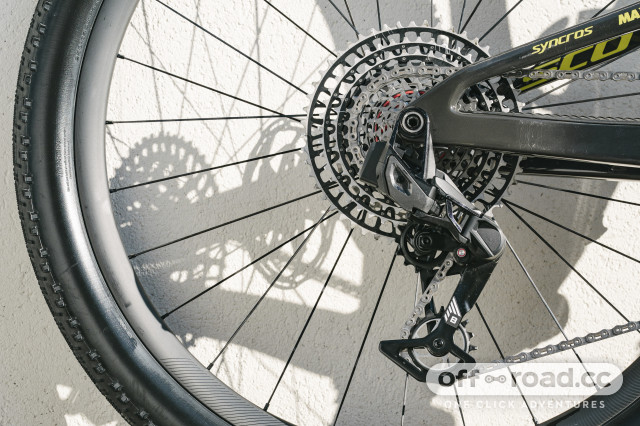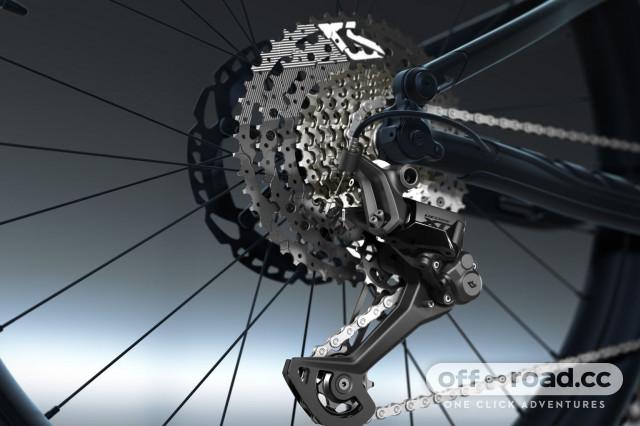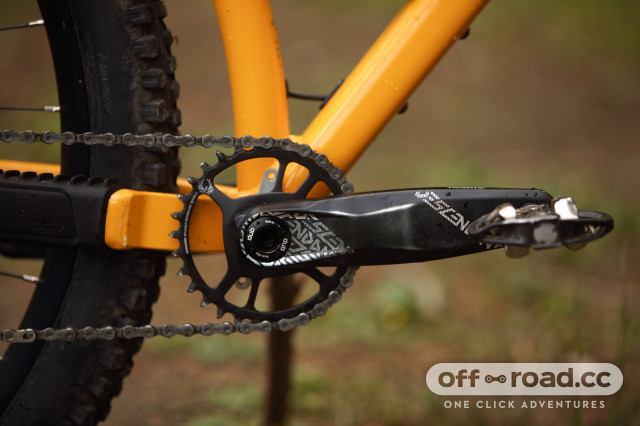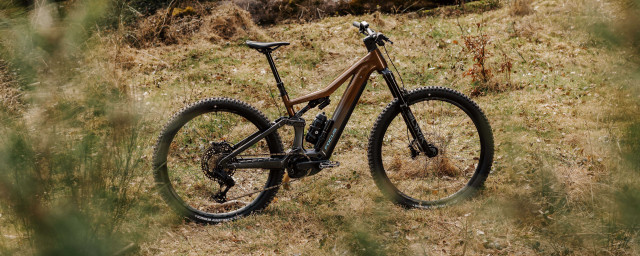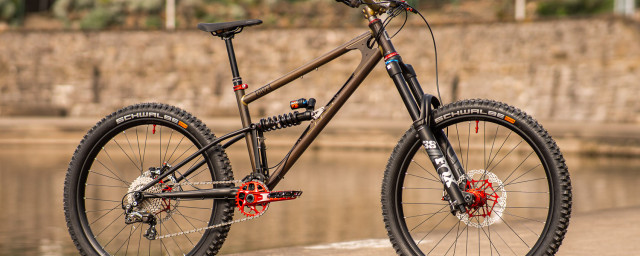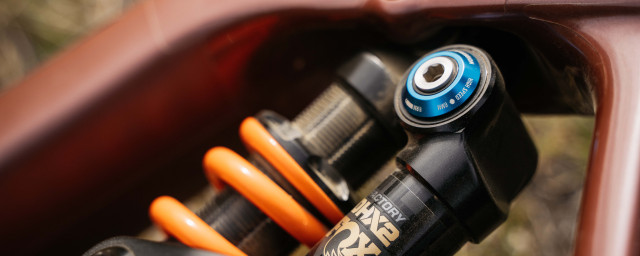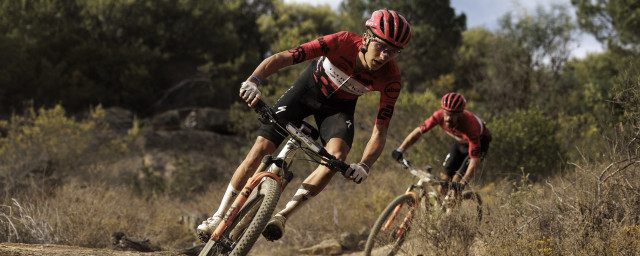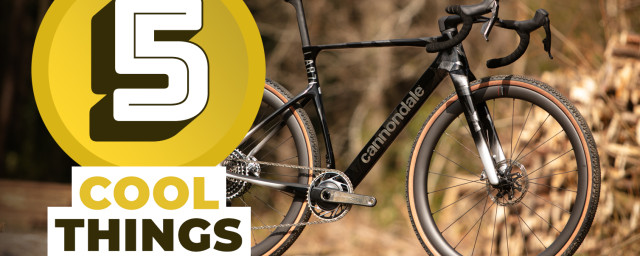SRAM SX vs NX – budget Eagle drivetrains explained
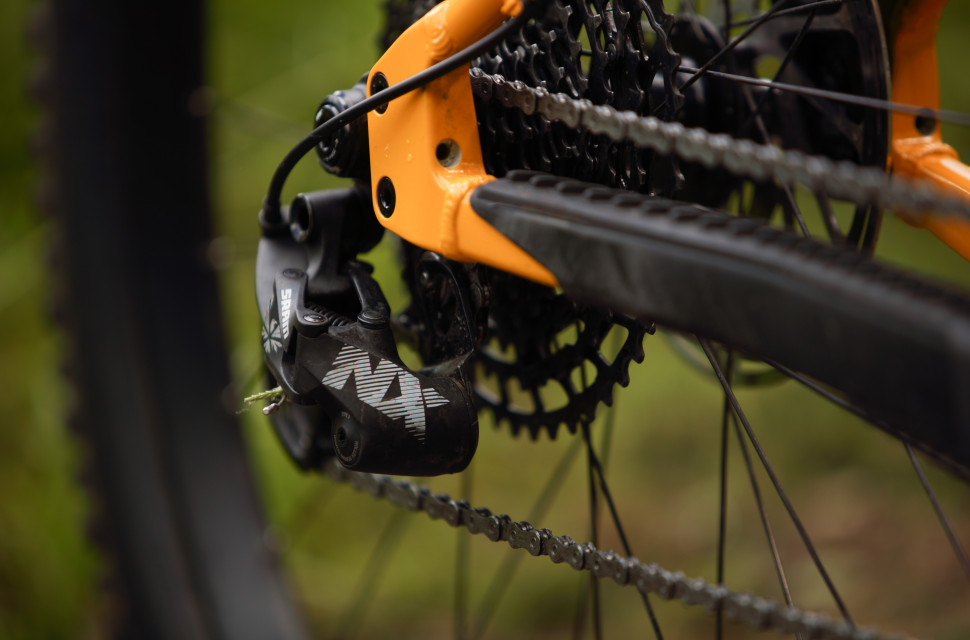
With all the trends and standards, mountain biking can become overwhelming with seemingly too many options and little to distinguish between them. Drivetrains are simpler. Or at least, they should be. When selecting a new drivetrain for your mountain bike or considering an upgrade, the brand choice is binary: Shimano or SRAM for the most part. And if you are a rider given to the latter and budget conscious, you’ll be wondering how to choose between SRAM’s most affordable 1x12 Eagle systems: NX and SX.
- SRAM NX vs GX: which drivetrain is best for you?
- SRAM mountain bike brakes 2023 - Level, G2 and Code models
- Your complete guide to SRAM MTB drivetrains: XX1, X01, X0, X1, Eagle GX, NX, EX1 and AXS groupsets
The single-ring drivetrain (or 1x, 1 by) revolution was made substantive by SRAM’s XX1 1x11 system, which debuted in 2012. Its market influence was enormous. Within a few years, premium mountain bike models no longer featured 2x drivetrains. SRAM would add even more gears in 2016, with the Eagle 1x12 system, which again set new benchmarks, and within a few seasons, 1x12 drivetrains became standardized.
Making 1x12 more affordable
Many of SRAM’s premium Eagle 1x12 drivetrains are now wireless, using the AXS electronic shifting system. AXS makes tension cables redundant but wireless shifting also significantly increases cost. But what if you want something (much) more affordable and analogue? Then you’ll shop in the mountain bike drivetrain tiers where NX and SX retail.
It’s important to understand that SX isn’t readily available as a complete drivetrain, unlike NX. Why is this? SX allows riders and mountain bike brands to blend SRAM’s cheapest 1x12 components, creating SX/NX drivetrains to achieve targeted retail price points.
The cross-compatibility of SX and NX creates value options for riders who want to upgrade from a legacy 9-, 10-, or 11-speed set-up, with the more standardized and desirable 1x12 configuration.
The Shimano question
Drivetrain cross-compatibility between SRAM and Shimano is rare and for a good reason. But SX and NX are an exception.
SRAM’s marketing people recognise budget-aware mountain bikers' desire to upgrade their 9-, 10-, 11-speed drivetrains to 1x12. And if those riders are Shimano users, they present an excellent conquest opportunity for SRAM. That is why SX and NX cassettes are compatible with Shimano HG freehub bodies and their splined drivers.
If you are a Shimano rider looking to upgrade to 1x12, with a blended SRAM SX/NX drivetrain, there are attractive deals that make it possible.
Climbing gear limitations?
For most riders, the benefit of 1x12 drivetrains is their climbing gears. With a spread of ratios from 11-50T, the SX and NX Eagle cassettes offer the same gearing, with a very generous spread of 500%.
But if you are trying to clear that long, gradually steepening ascent in the Scottish Highlands or powering up a 10%+ gradient in the Alps, you want to largest possible climbing gear. And neither SX nor NX Eagle offers that.
SRAM’s more expensive XX1, XO1, and GX drivetrains offer a 10-52T cassette with 520% gearing spread. But does the 52T climbing gear make that much of a difference over an SX or NX Eagle’s 11-50T cassette? That’s a reasonable question, and one often misunderstood, as mountain bikers can obsess about numbers without thinking logically about how they relate to actual riding.
Although a 500% climbing ratio is impressive, it depends on what chainring you are linking it to. On a 30T chainring, you could end up with a theoretically terrific climbing ratio, but one which might reduce your rolling speed by too much.
Nothing in mountain biking is absolute. There is a point where you might be spinning a gear that is so low that you’ll be moving too slowly up a steep climb on technical terrain, and start to experience the bike nearly stalling – with its steering starting to wander.
For most riders, a 30T chainring linked to SRAM’s SX or NX Eagle 11-52T cassettes is adequate to clear steep climbs.
Shifters and mechs
The SX and NX shifters use similar technology, and both only allow for single-click upshifts. Handlebar ergonomics benefit from SRAM’s Matchmaker technology, but only if you can afford the NX version. Its shifters are shaped to share space on a single mounting clamp with a brake lever.
The most expensive and vulnerable part of any mountain bike drivetrain is the derailleur – or rear mech. SRAM’s SX and NX rear mechs differ in their construction and functionality. The SX derailleur prioritises a low price point, and that shows in its construction, which combines stamped steel and plastic, mechanically bonded with rivets. SRAM’s NX derailleur is held together with pins and clips and has more alloy in its construction.
Beyond the difference in their construction, there is a big functional difference between SX and NX derailleurs. Although both feature SRAM’s ‘cage lock’ functionality, making removing that rear wheel less challenging, only the NX has a clutch. And that’s a big deal.
Single chainring drivetrains require enhanced chain tension, to prevent the annoyance and damage that can occur if a chain derails. As a leader in 1x systems, SRAM piloted the clutch derailleur, which keeps chain tension taut but can be overridden when required. The NX derailleur having a clutch is a significant benefit over SX rear mechs.
Which is better - SX or NX?
With lower-tier drivetrains, the cost is everything, and weight becomes less of a concern. None of the SX or NX rotational drivetrain components is incredibly light. Obsessing about grams is of no consequence when comparing SX and NX. But features are.
The SRAM SX rear mech has a recommended retail price of £80, compared to the NX’s £111. If you are riding exceptionally smooth and mild flow trails, without much surface texture (rocks, roots, ruts), the lack of a clutch function might not be that much of an issue.
For riders who ride steep and technical trails or boosting those small jumps on a high-speed flow trail, the NX derailleur, with its clutch, is worth the additional cost. The ideal budget 1x12 drivetrain from SRAM, with be virtually SX-everything, with an NX derailleur.
